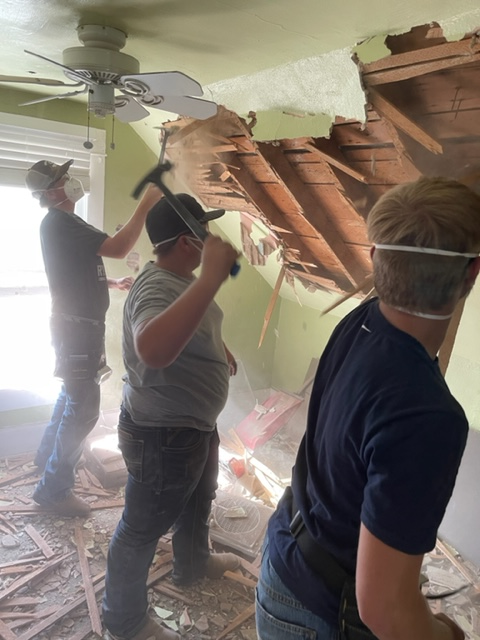Posted 03/06/2023 - 9:55am
Tags: Allocations, American Rescue Plan (ARP), Education Workforce Program, ESSER III, Local Priorities, Rural Coaction ProgramFor many urban school districts, students are able to tap into state-of-the-art career technical facilities such as St. Vrain Valley School District’s Innovation Center and Cherry Creek School District’s Innovation Campus.
But most of Colorado’s school districts are in rural areas, where access to such programs is limited. This is particularly vexing for rural areas where labor shortages are growing every year, particularly in the teaching field. The COVID-19 pandemic made the labor shortage problem even worse.
That is why the Colorado Board of Education directed $22.4 million in federal pandemic aid to a program called the Rural Coaction Grant to help districts and BOCES collaboratively build and expand student pathway opportunities, career-connected learning and career partnership programs in rural areas.
South Central BOCES is among the 17 grantees for the Rural Coaction Grant.
Led by former CDE Director of Field Services Denille LePlatt, South Central BOCES is patterning its program after a successful rural Texas model.
“We knew it was something that we needed to do for quite a few years, but we just didn't really have the funding, and then when the state had set aside this ESSER III funding, we needed to figure out how we were going to utilize that,” LePlatt said. “Some of my colleagues and I took a trip down to South Texas and looked at the Rural Schools Innovation Zone. We came back with a dollar figure, and I wrote up a proposal for coaction to ask the state board for the money to support a career-connected learning program for rural districts throughout the state.”
Texas’ Rural Schools Innovation Zone calls itself a “sustainable collaborative to provide rural students high-quality opportunities for postsecondary success,” which is exactly the intention of the South Central BOCES Rural Coaction plan, LePlatt said.
Ultimately, South Central BOCES has received $1,991,184 that will serve 5,522 students in 11 of the BOCES’ 12 districts – plus Lamar School District, which is outside of the BOCES but joined in the grant – as part of Cohort 2, which means the organization has been in the planning stages.
“We’re part of the ‘go slow to go fast’ group in Cohort 2, so we’ve been working on making sure that every school district can make decisions locally about how they want to expend some of the funds,” LePlatt explained.
South Central’s model is the Homegrown Talent Initiative, a statewide effort to create career-connected learning experiences for students through grade 12 in rural communities across the state.
“This is really about engaging students and giving them real-life experiences in potential careers, in ways that connect them with community professionals in the industry and forging relationships that can be shared throughout the districts, and so forming a true pathway from school to career,” LePlatt said, adding that the BOCES is prioritizing developing an internship structure and then an internship model for the districts, along with industry certifications.
Next up will be retaining staff that can deepen the program, with grant funding going toward everything “from recruitment to retention to incentivizing positions,” she explained.

From left, Caleb Poss, James Vorce and Tucker Stahn, students in the Akron R-1 School District, are benefiting from the Rural Coaction Grant that is available to school districts and BOCES across the state.



Connect With Us





